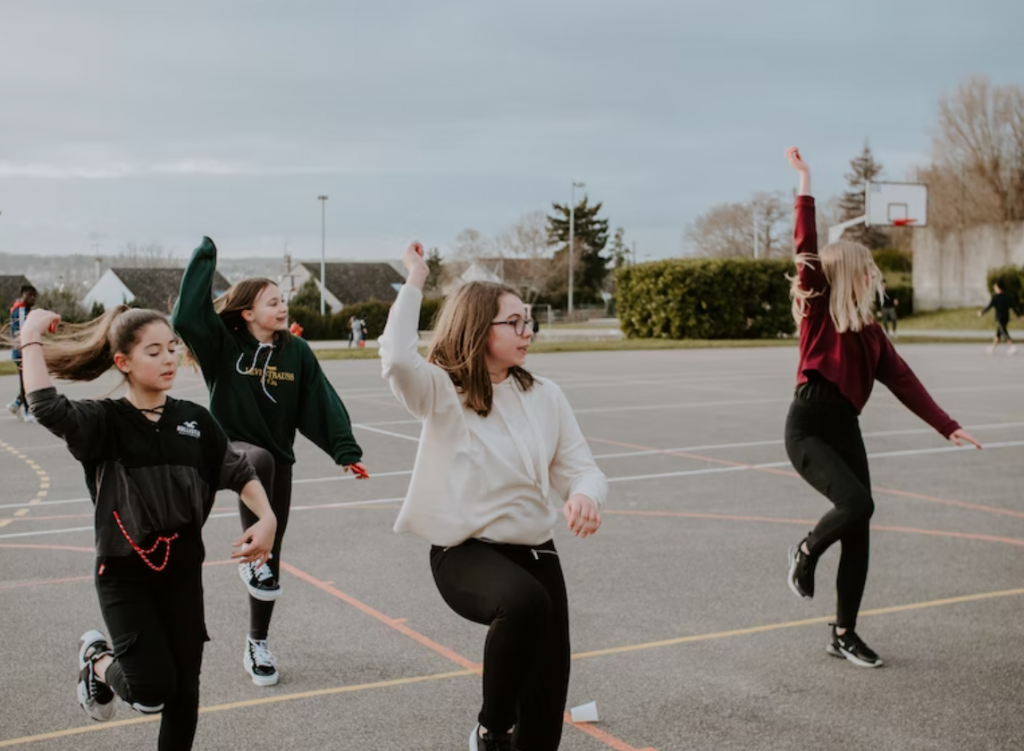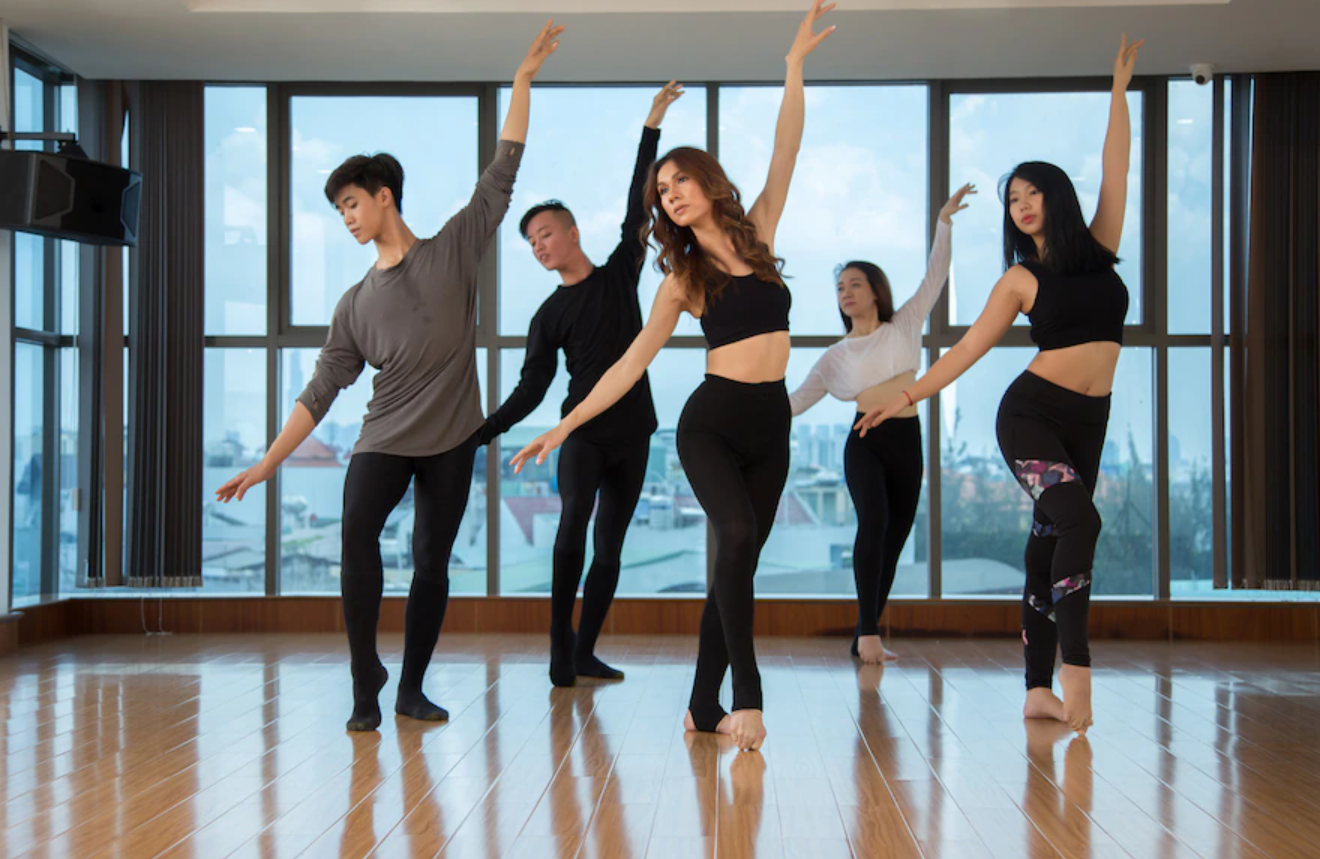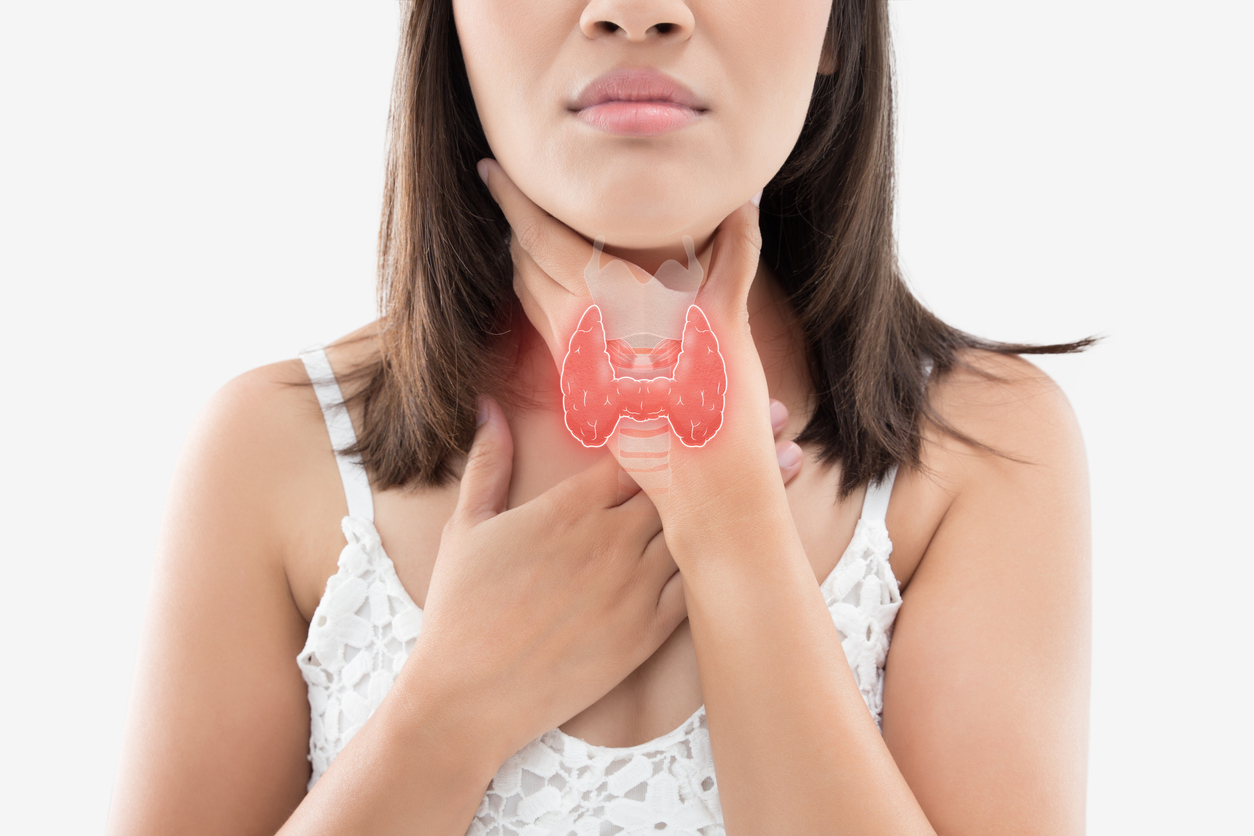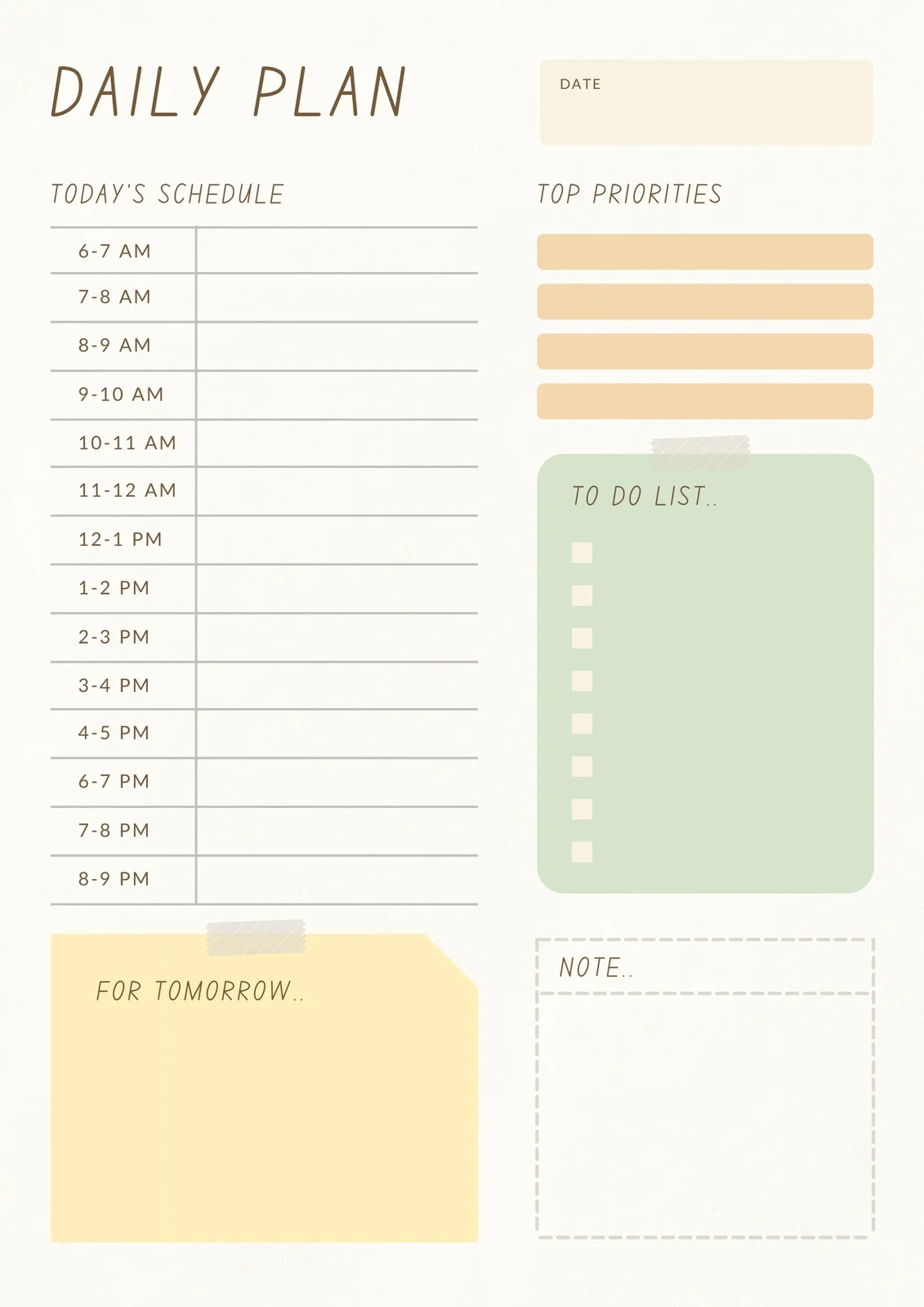Throughout human evolution, dancing has been important in our culture and life. It has been a means of entertainment and exercise for many youths for many generations. But with growing time, the growth of science and technologies found that dancing not only has physical benefits but it aids in one’s mental health too. And many of us don’t know about it.
Many dislike dancing without knowing its potential benefits for us. If you are also one of those, then you OUGHT TO GO THROUGH THIS ARTICLE, where we have presented you with some dancing benefits for mental health.
Read till the end!
This is How Dancing Benefits Mental Health
The idea of dancing is not limited to the movement of the body in a rhythmic way, generally to music for the purpose of expressing ideas and taking delight in the movement.
According to the recent study done by uclahealth in 2021, on 1,000 dancers, showed that the number of dancers who reported a therapeutic benefit was very large. In accord with it 98% of them who had chronic mental illnesses such as depression, anxiety, history of addiction, or trauma, self-reported that dancing has subsequently improved their mood.

That’s why if you want to improve your mental health, dancing can be a great option. But how does it do so, and what are its in-depth benefits?
Given below are some benefits of dancing for mental health:
1. Makes mind sharp
Many studies have shown that dancing ultimately leads to a sharp mind. Dancing stimulates Numerous brain regions, including those not usually associated with movement. Similarly, Complex movements, motor learning, artistic expression, and interpersonal communication are all incorporated into dancing.
The most impacted parts of the brain can be activated and rewired to maintain alertness and appropriate operation. Learning new things, like dancing, expands the brain’s neural networks and enhances cognitive function which makes one’s mind sharp.
2. Boosts self-esteem
Yes. Dancing does boost self-esteem. Dancing increases coordination, flexibility, and body coordination. What comes after this is self-esteem and having high self-esteem means healthy mental health.
Similarly, Dance courses help kids embrace their bodies and start living a healthy, active lifestyle early on, which promotes a positive body image. Dance fosters both of these important attributes since dancing on stage in front of an audience requires a strong sense of self-worth.
3. Reduce social anxiety
Through dancing, one can experience decreased social anxiety. People who have social anxiety can especially benefit from these advantages.
For this reason, therapists have long recommended dance to clients who struggle with social anxiety and public speaking phobia. Participating in dancing programs and classes increases the collaboration skill in individuals which helps to reduce social anxiety and isolation.
Ballroom, freestyle, hip-hop, and salsa are some of the dances that greatly encourage social confidence.
4. Improves mood
Along with improving your cardiovascular muscle, dancing also improves your mood. One can express themselves and have fun by moving around and dancing.
Dopamine and other joyful chemicals are released by the body when a person feels liberated and free. This hormone aids in mood elevation and reduces anxiety and depressive symptoms in sufferers.
You might also like- 15 Helpful YouTube Channels for Mental Health
5. Sharpens memory
Music stimulates the reward regions in your brain while dancing engages the sensory and motor systems. Your brain stays young by stimulating certain areas and turning on those circuits.
Dancing twice or thrice a week enhances your memory. It has been demonstrated that memorizing dance moves and routines is even more mentally stimulating than the commonly advised brain-boosting activities like crossword puzzles and reading.
6. Reduces depression and anxiety and other mental health disorders
Dance is a strong form of exercise that works your muscles and increases your heart rate. By releasing specific brain chemicals, dance reduces the symptoms of depression and anxiety. Some even consider dance as a form of healing.
It also offers a means of escaping persistently unfavorable thoughts and problems. These are the ideas that repeatedly cross your mind. Therefore, dancing stabilizes our mental health.
7. Reduces Stress and dizziness
Dancing is a means to reduce, escape and resist stress. Because when the body feels good, the mind does too. When we dance, our body secretes endorphins which are the body’s natural painkiller to reduce stress and improve the mind’s perception.
Thus after a good dancing session, the released endorphins cause the body to feel calm, optimistic, and energized. And you will not be dizzy too!
Things to consider while dancing
As dancing is also a form of exercise, an excessive amount of dancing may cause some severe body injuries such as:
- Foot and ankle injuries
- Hip injuries
- Knee injuries
- Arthritis in the knee, hip, ankle, and leg
That’s why you should consider taking dance classes before starting any type of dance. Also, it is must recommend doing stretching beforehand.
How do I prevent dance injuries?
To prevent yourself from potential dance injuries, you should:
- Eat healthily and drink plenty of water before, during, and after class.
- Rest enough and refrain from overtraining.
- To increase your body’s overall strength and endurance, engage in cross-training exercises.
- Always dress and wear appropriately.
- Always rehearse or perform after a warm-up.
- Learn about your body and live a healthy lifestyle.
Are Dance and Zumba the Same?
No! Dance and Zumba are not the same. They both are completely different. They both have different atmospheres and different movement sets. Zumba draws more heavily from Latin dancing genres whereas aerobic dance typically focuses on strong athletic moves—expect plenty of bouncing around to burn calories.
Go to Zumba if you want a fitness routine that more closely resembles an actual dance. You can also obtain cardio benefits by just enrolling in dance classes, especially those that are in extremely athletic genres like hip-hop.
In The End
Dance is a form of art that brings the body and mind together. Due to its huge benefits for improving the mental health of individuals many therapy centers are including dance therapy in their services. That’s why keeping all the benefits of dancing into consideration, one should dance regularly but by taking all the necessary precautions. So, what are you waiting for? Play the music and DANCE!!!
Enjoy!!!
Also, Read- 6 Avocado Benefits for Mental Health
FAQs
Why is the main purpose of dance?
Dance was historically used for amusement and self-expression, as well as rituals, worship, and social festivals. Nevertheless, Dance is still present in modern events, as well as being a component of fresh, creative performing experiences.
How long should I rest after dancing?
It is recommended to rest at least one full day off from your dancing and training routine each week.



